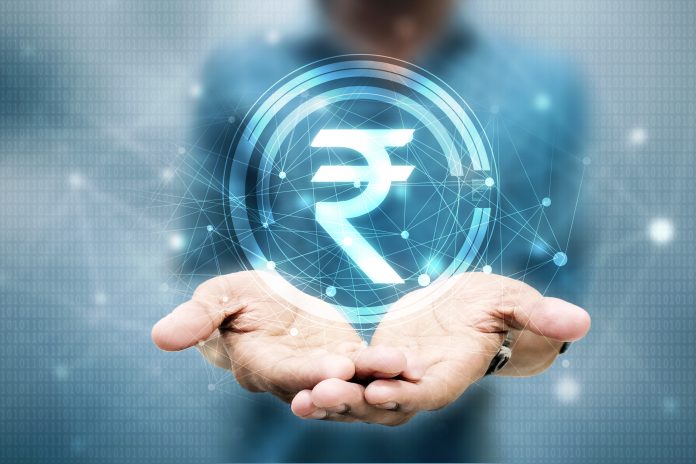GBP/INR has managed to break above the resistance level of a downtrend that started on April 15. Currently, one British pound buys 93.289 Indian rupees, up 0.29% as of 6:20 AM UTC. Yesterday, the price surged 0.61%, which was the largest daily gain since April 13. The pair might find some resistance at around 93.500.
The sterling has been dominant since Monday when the UK Prime Minister Boris Johnson announced the gradual lifting of lockdown measures. Yesterday, he presented the more detailed roadmap on easing the restrictive rules, which gave another boost to the pound.
Besides this, the British currency reacted to the comments of the Bank of England Chief Economist Andy Haldane. He said that the central bank was not close to any decision to cut the interest rates below zero for the first time ever. Previously, BoE policymakers hinted that such a move might be on the horizon if the crisis persisted. This sent bearish signals to the pound.
Nevertheless, Haldane admitted that the bank was reviewing how negative rates would impact the economy. He specified:
“To be clear, reviewing and doing are different things and currently we are in the review phase and have not reached a view remotely yet on the doing.”
Rating Agencies Downgraded India’s GDP Outlook
In India, several rating agencies and financial institutions presented gloomy projections on economic growth, putting additional pressure on the rupee.
The State bank of India (SBI) said that the country’s gross domestic product (GDP) would contract by over 40% during the three months to June. For the fiscal year 2021 as a whole, the economy would contract by 6.8% after a smart recovery in the second quarter, the bank said.
Crisil said in a note to clients that it expected the economy to contract by 25% in the first quarter. It anticipates the worst recession in India’s history. The economy will contract by 5% in the fiscal year 2021, Crisil said.
Fitch also downgraded India’s growth forecast. The international agency said on Tuesday:
“Biggest forecast cut was to India where we now anticipate a 5% decline in the current financial year in contrast to an earlier forecast of growth of 0.8%.”





